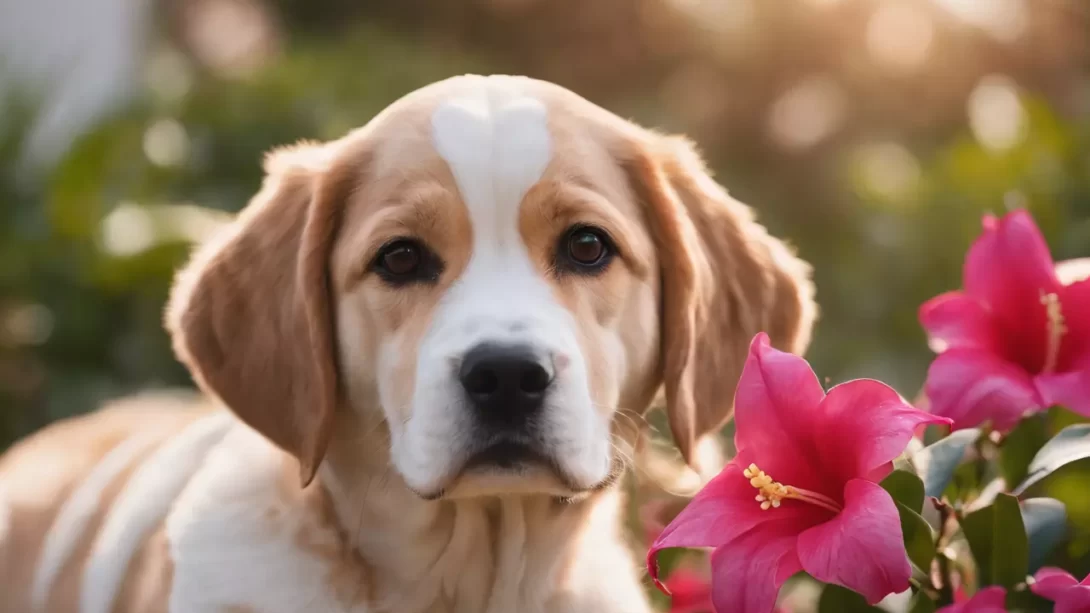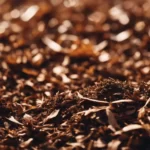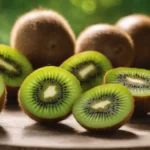Mandevilla plants, known for their vibrant flowers and lush foliage, are a popular choice for gardeners seeking to add a touch of tropical flair to their outdoor spaces. However, for dog owners, the safety of their furry friends is a paramount concern. It’s crucial to understand which plants in your garden may pose a risk to pets, and Mandevilla is often a plant that comes under scrutiny in this regard.
Identifying Mandevilla
Mandevilla, part of the Apocynaceae family, is easily recognizable by its striking, trumpet-shaped flowers and glossy leaves. These climbing vines are known for their rapid growth and are often found adorning fences, trellises, and walls. The flowers, which come in shades of pink, red, white, and yellow, are the most distinctive feature, blooming profusely throughout the warmer months. Identifying Mandevilla in your garden is the first step in assessing its potential impact on your dog’s health.
Toxicity of Mandevilla to Dogs
Mandevilla plants are indeed considered toxic to dogs. The primary concern lies in the sap of the plant, which contains compounds that can be harmful if ingested. All parts of the plant, including leaves, stems, and flowers, contain these toxic substances. While the level of toxicity is generally moderate, the impact on a dog can vary based on the amount ingested and the size and health of the dog.
Symptoms of Poisoning in Dogs
If a dog ingests part of a Mandevilla plant, several symptoms may arise. These can range from mild to severe, depending on the quantity consumed. Common symptoms include vomiting, diarrhea, drooling, and a noticeable decrease in appetite. In more severe cases, symptoms may escalate to include an irregular heartbeat, dilated pupils, or difficulty walking. It’s important to monitor your dog closely if you suspect they have come into contact with Mandevilla and to consult a veterinarian immediately if any of these symptoms are observed.
First Aid and Treatment
In the event that your dog ingests Mandevilla, prompt action is essential. Remove any plant material from your dog’s mouth and rinse their mouth gently with water. If symptoms are mild, providing plenty of water to drink can help to dilute the toxins. However, it’s crucial not to induce vomiting unless instructed by a veterinarian, as this can sometimes cause more harm. Documenting what part of the plant was consumed and in what quantity can be very helpful for the veterinarian.
If symptoms are severe or persist, immediate veterinary attention is necessary. The veterinarian may administer activated charcoal to bind the toxins and prevent further absorption. In some cases, IV fluids or medication to control symptoms like vomiting may be required. The treatment will depend on the severity of the symptoms and the overall health of your dog.
Preventive Measures
To prevent incidents of poisoning, it’s advisable to either avoid planting Mandevilla if your dog has a habit of chewing on plants or to ensure that these plants are inaccessible to your pets. Training your dog to avoid certain areas of the garden can be effective, as can physical barriers like fencing or plant cages. Regularly checking your garden for fallen leaves or flowers that a curious dog might chew on is also a good practice. Being proactive about garden safety can protect your dog from potential harm while allowing you to enjoy your Mandevilla plants.
Alternatives to Mandevilla for Pet-Friendly Gardens
For dog owners concerned about the safety of Mandevilla, there are numerous non-toxic alternatives that can bring similar aesthetic appeal to your garden. Plants like Petunia, Snapdragons, and Marigolds offer vibrant flowers and are generally safe for dogs. Ferns and certain types of palms can also add greenery without the risk. When selecting plants, it’s beneficial to research or consult a gardening expert to ensure they are dog-friendly.
Conclusion
While Mandevilla plants are an attractive addition to many gardens, their toxicity to dogs cannot be overlooked. Understanding the risks and symptoms of poisoning, taking immediate action if ingestion occurs, and implementing preventive measures are key to keeping your furry friends safe. For those seeking safer alternatives, plenty of beautiful, non-toxic plants can create a vibrant, pet-friendly garden space. As always, when in doubt about the safety of a particular plant, consult with a veterinarian or a gardening expert to ensure the well-being of your pets and the beauty of your garden coexist harmoniously.




